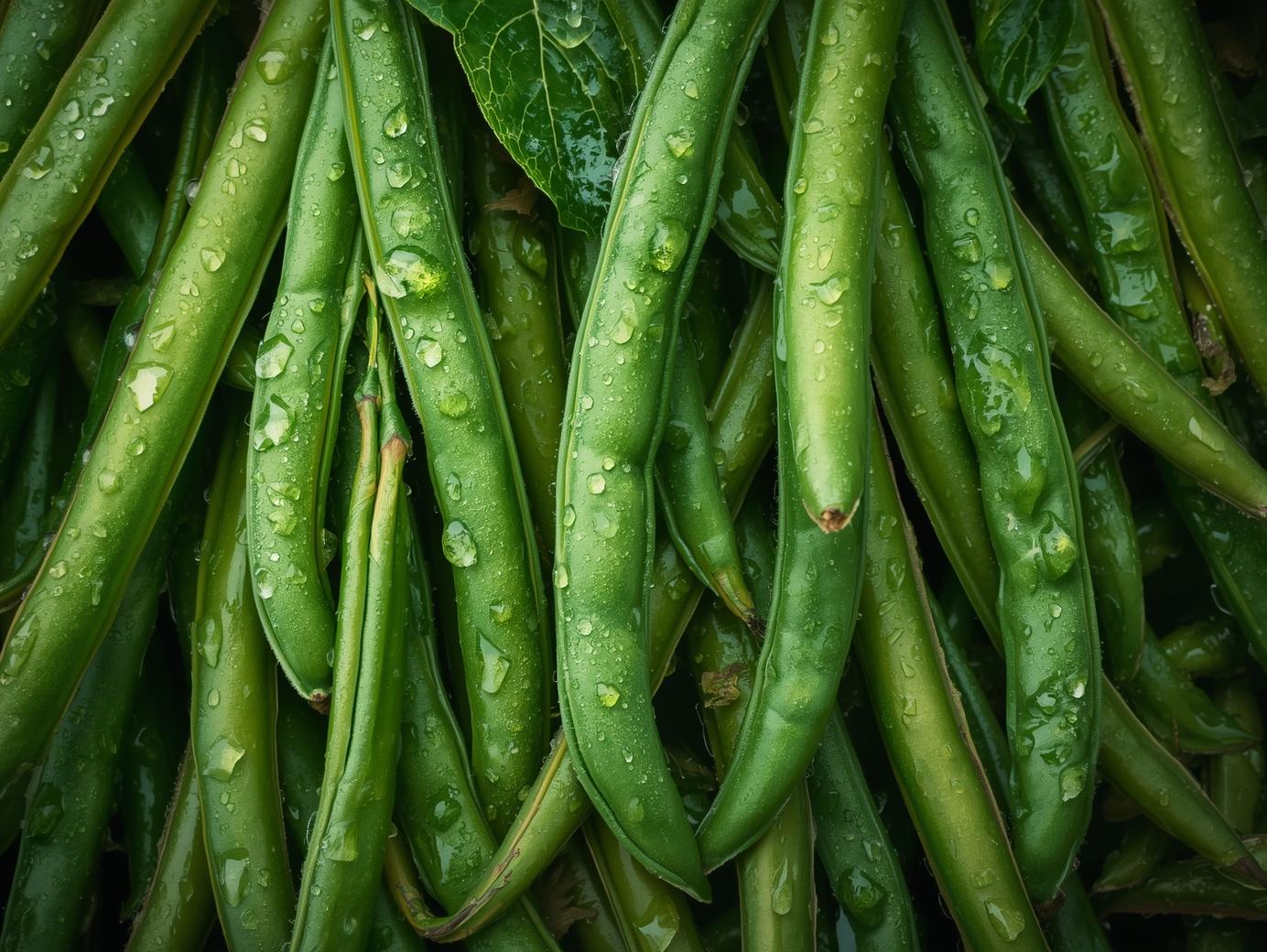Soil Selection
Green beans thrive in well-drained, fertile soils that are rich in organic matter. The ideal soil pH for green beans ranges from 6.0 to 7.0, which supports optimal nutrient availability and healthy plant growth. A loamy soil texture is preferred as it balances moisture retention and drainage, preventing root rot and encouraging strong root development. Before planting, amending your soil with compost or well-rotted manure enhances soil fertility and structure, creating an ideal environment for green beans to flourish.
In courtyard gardening, where soil conditions might vary, container gardeners should use high-quality potting mixes designed for vegetables. It’s important to ensure good drainage in containers to avoid waterlogged roots, which can severely damage the plant. Conducting a simple soil test helps determine if any nutrient adjustments are needed before planting, setting the stage for a successful green bean harvest.
Site Preparation
Preparing the site properly is critical for healthy green bean growth. Select a sunny spot in your courtyard that receives at least six to eight hours of direct sunlight daily, as green beans need plenty of light to produce abundant pods. Clear the area of weeds, debris, and any previous crop residues that might harbor pests or diseases. Loosen the soil by tilling or turning it over to a depth of about 8 to 12 inches to improve aeration and root penetration.
Adding organic matter like compost or leaf mold during site preparation not only improves nutrient availability but also enhances the soil’s ability to retain moisture. If you are growing green beans in containers, make sure your pots have adequate drainage holes and are large enough to support the root system. Well-prepared planting sites contribute to vigorous plant growth and reduce the risk of common problems associated with poor soil conditions.
Planting
Green beans can be planted directly into the soil once the risk of frost has passed and the soil temperature reaches at least 60°F. For bush varieties, sow the seeds about one inch deep and space them 2 to 4 inches apart, with rows roughly 18 to 24 inches apart to allow for proper air circulation. Pole beans require slightly more space and benefit from support structures like trellises or stakes to climb.
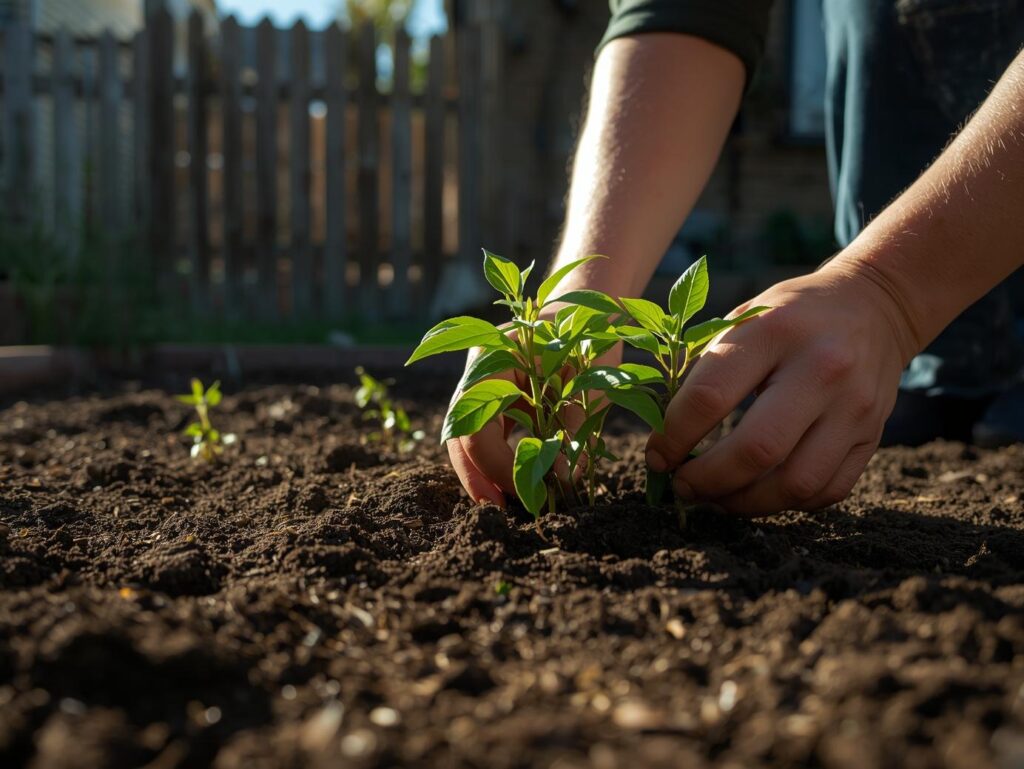
For courtyard gardeners using containers, choose bush bean varieties that are more compact and well-suited for limited spaces. Plant the seeds in containers filled with nutrient-rich potting soil, maintaining the same depth and spacing recommendations as in-ground planting. Regularly monitor your seedlings during germination and thin out any overcrowded plants to ensure each green bean plant has enough room to develop.
Watering
Consistent watering is vital for green beans to produce tender pods and healthy foliage. Green beans prefer evenly moist soil but are sensitive to overwatering, which can lead to root rot or fungal diseases. Water the plants deeply once or twice a week, depending on weather conditions, ensuring the soil remains damp but not waterlogged. Mulching around the plants helps retain soil moisture and moderates soil temperature.
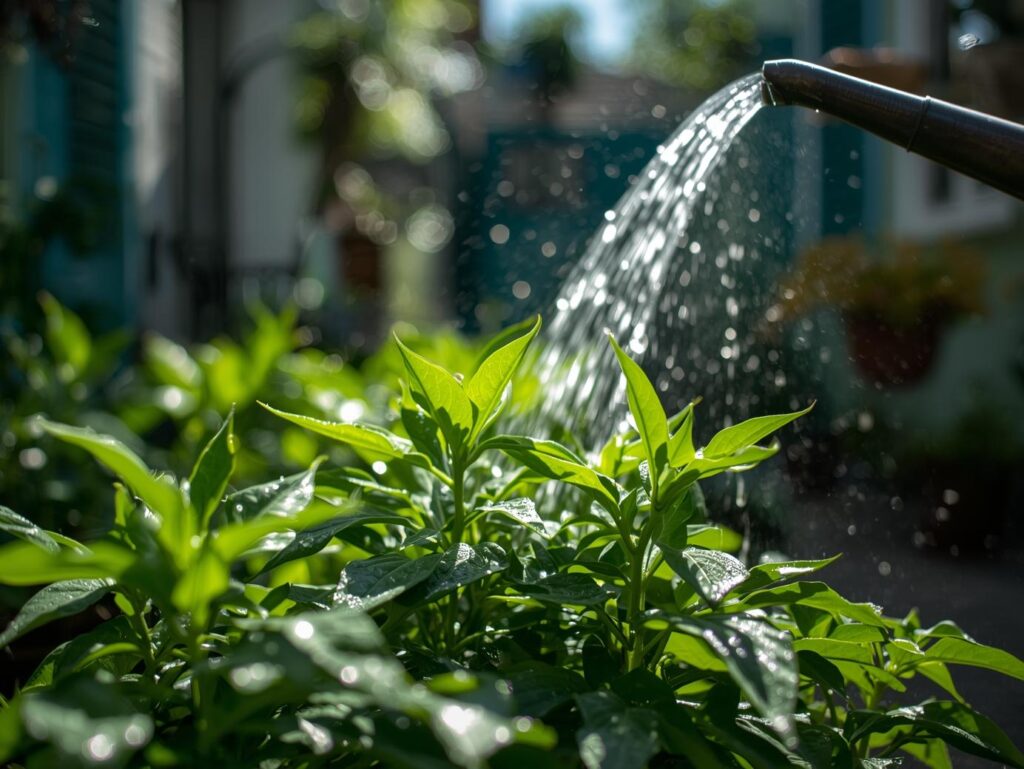
In container gardening, watering frequency may increase because pots tend to dry out faster than in-ground beds. Check the soil moisture daily by inserting your finger an inch into the soil; water when the top layer feels dry. Avoid overhead watering when possible, as wet leaves can promote disease. Proper watering practices contribute to healthy plants and higher yields in your courtyard garden.
Fertilizing
Green beans typically don’t require heavy fertilization since they are legumes and can fix their own nitrogen. However, incorporating organic compost into the soil before planting supplies essential nutrients like phosphorus and potassium, which are important for root and pod development. A balanced, slow-release fertilizer applied at planting can also support early growth.
If your soil is deficient or plants show signs of nutrient stress, side-dress with compost or a low-nitrogen fertilizer during the growing season. Avoid excessive nitrogen, as it can promote lush foliage at the expense of pod production. Well-fertilized plants develop strong roots, resist diseases better, and produce abundant, flavorful beans for your family’s enjoyment.
Pruning and Training
While pruning green beans is not a common practice, occasional removal of diseased or yellowing leaves helps maintain plant health and improve air circulation. For pole bean varieties, training the vines onto trellises or stakes keeps the plants upright, prevents sprawling, and maximizes space efficiency in your courtyard. Supporting the plants also makes harvesting easier and reduces the risk of pest infestation.
Regularly check for any damaged or overcrowded growth and trim back as necessary to encourage better airflow around the plants. Bush beans generally don’t require training, but maintaining good spacing and removing any weeds will help them thrive. Proper care and training improve plant vigor and contribute to a cleaner, more productive garden environment.
Pest and Disease Control
Green beans are susceptible to common pests such as aphids, bean beetles, and spider mites. Early detection through routine plant inspections is key to preventing serious infestations. Natural remedies like neem oil or insecticidal soap are effective and safe options for managing these pests in a home garden setting. Additionally, encouraging beneficial insects such as ladybugs can help keep pest populations in check.
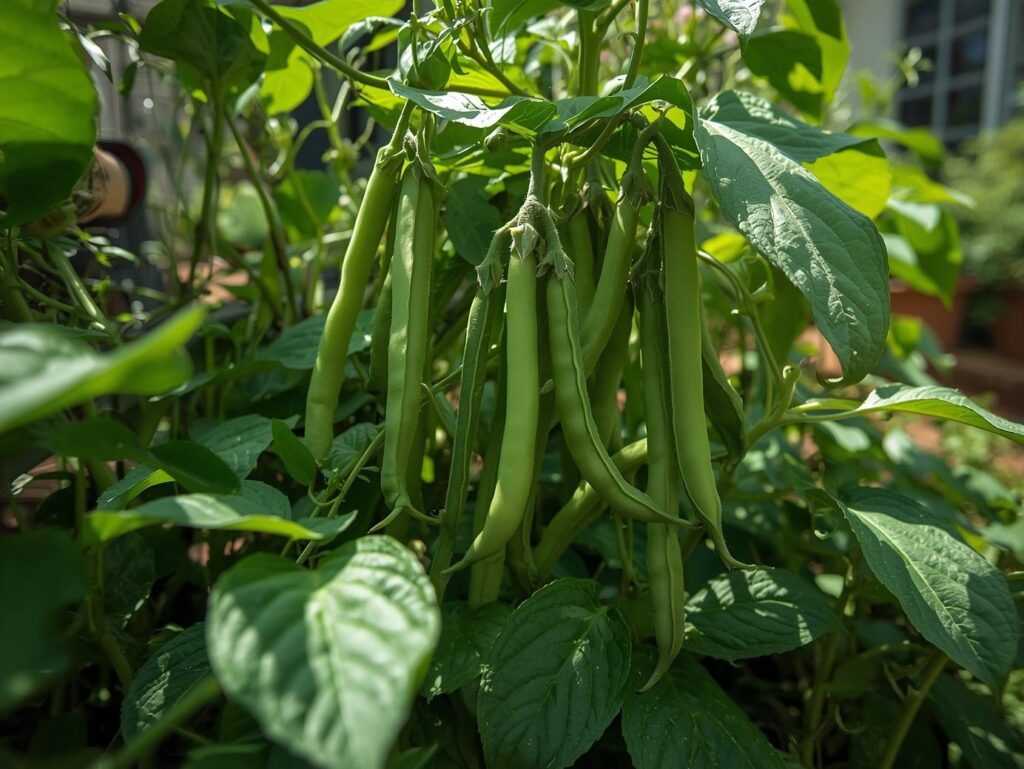
Fungal diseases like powdery mildew and rust can affect green beans, especially if plants are overcrowded or watered overhead. Good cultural practices including proper spacing, watering at the base of the plant, and crop rotation can reduce disease risk. Removing infected leaves promptly and maintaining clean garden beds also minimize the spread of pathogens. Healthy plants grown in balanced conditions tend to resist pests and diseases more effectively.
Fruiting and Harvest
Green beans typically start producing pods about 50 to 60 days after planting, depending on the variety and growing conditions. Harvest pods when they are firm, crisp, and before the seeds inside fully mature, usually when the pods are about 4 to 6 inches long. Picking regularly encourages the plant to produce more pods throughout the growing season.
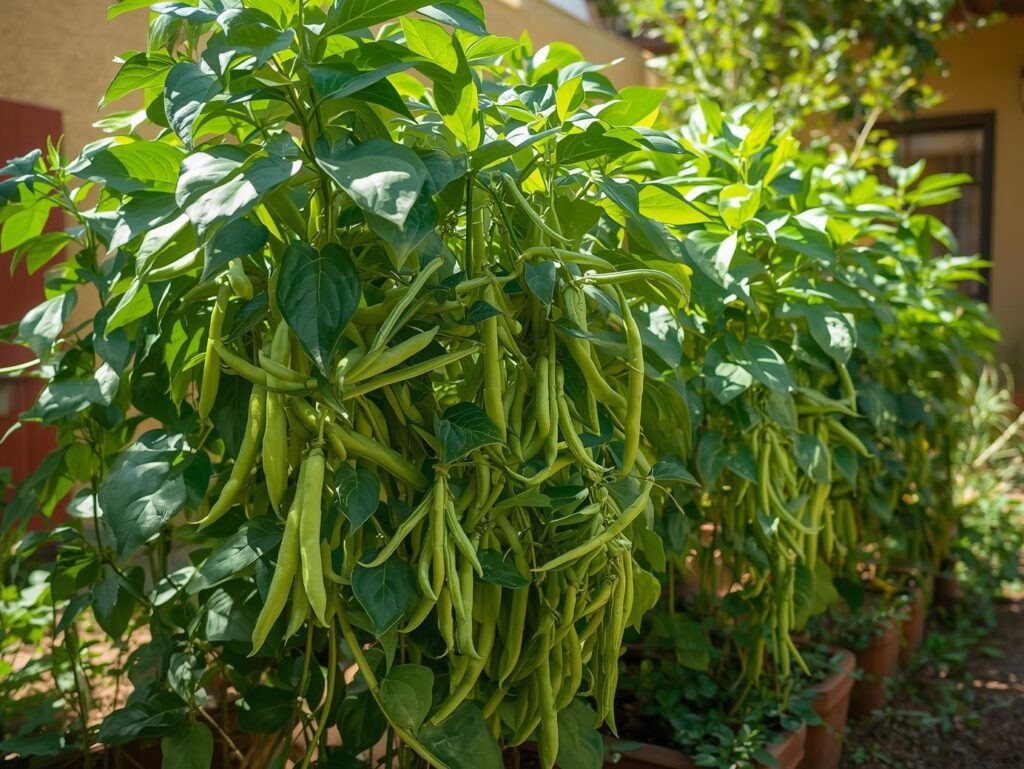
For courtyard gardeners, harvesting green beans promptly also helps maintain tidy plants and prevents overripe pods from affecting overall plant health. Beans can be eaten fresh, steamed, or incorporated into a variety of dishes. Proper care during the fruiting phase ensures a continuous, bountiful harvest from your home garden, adding fresh nutrition straight to your table.
